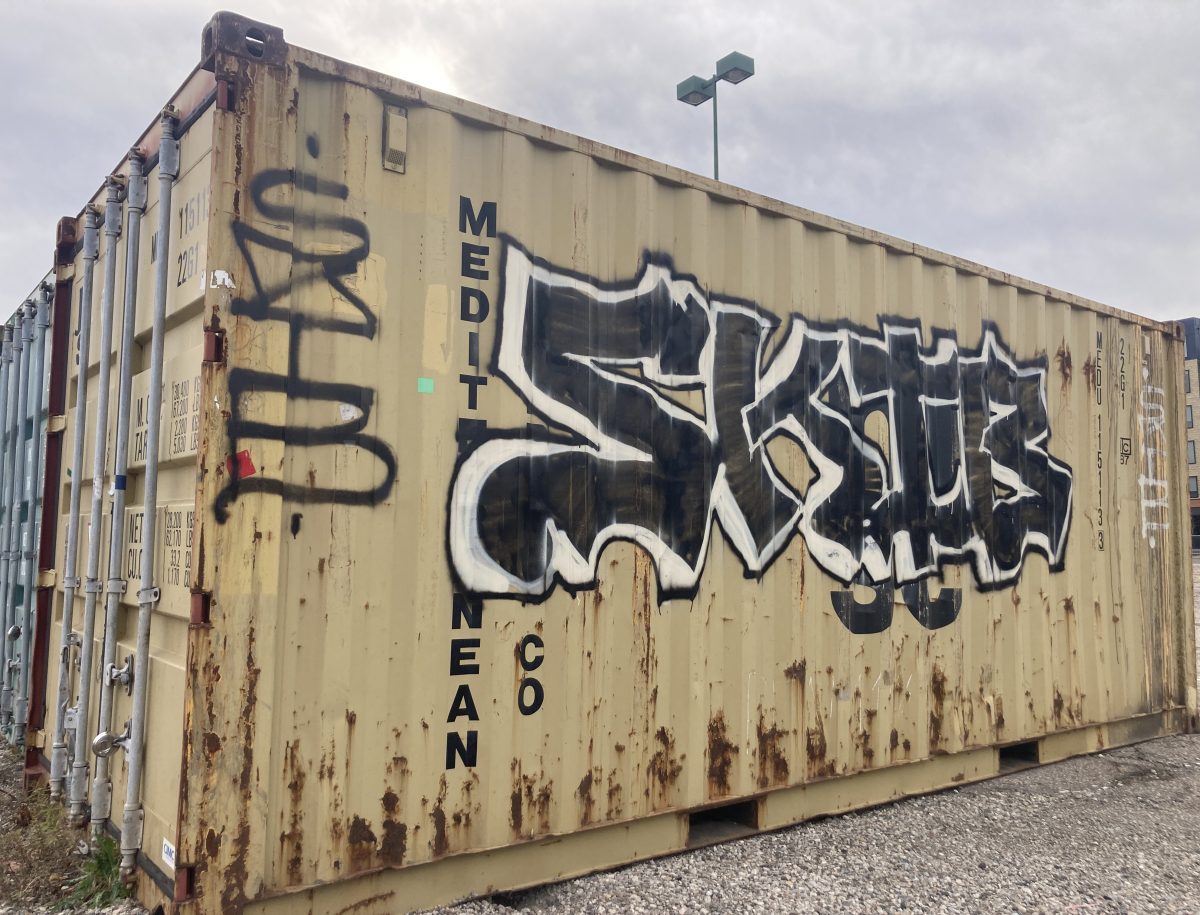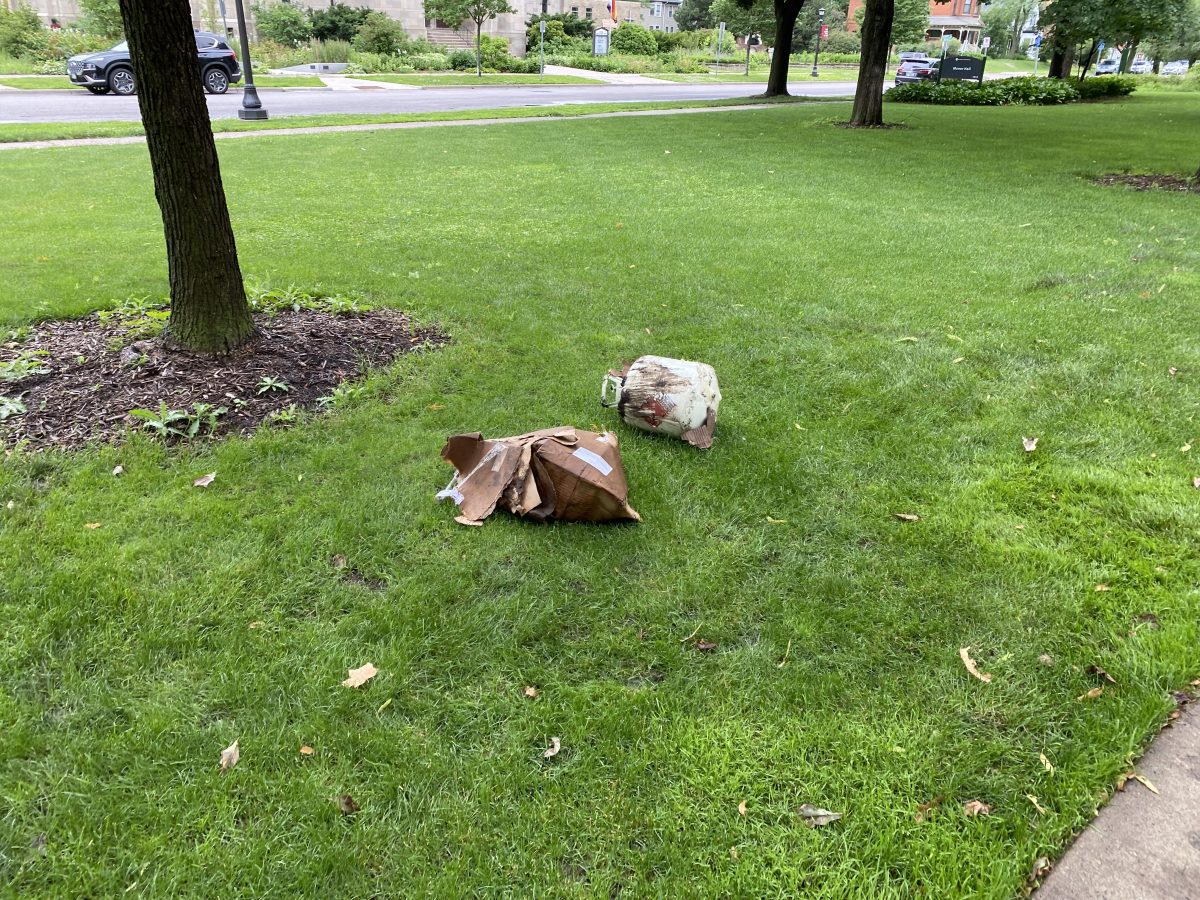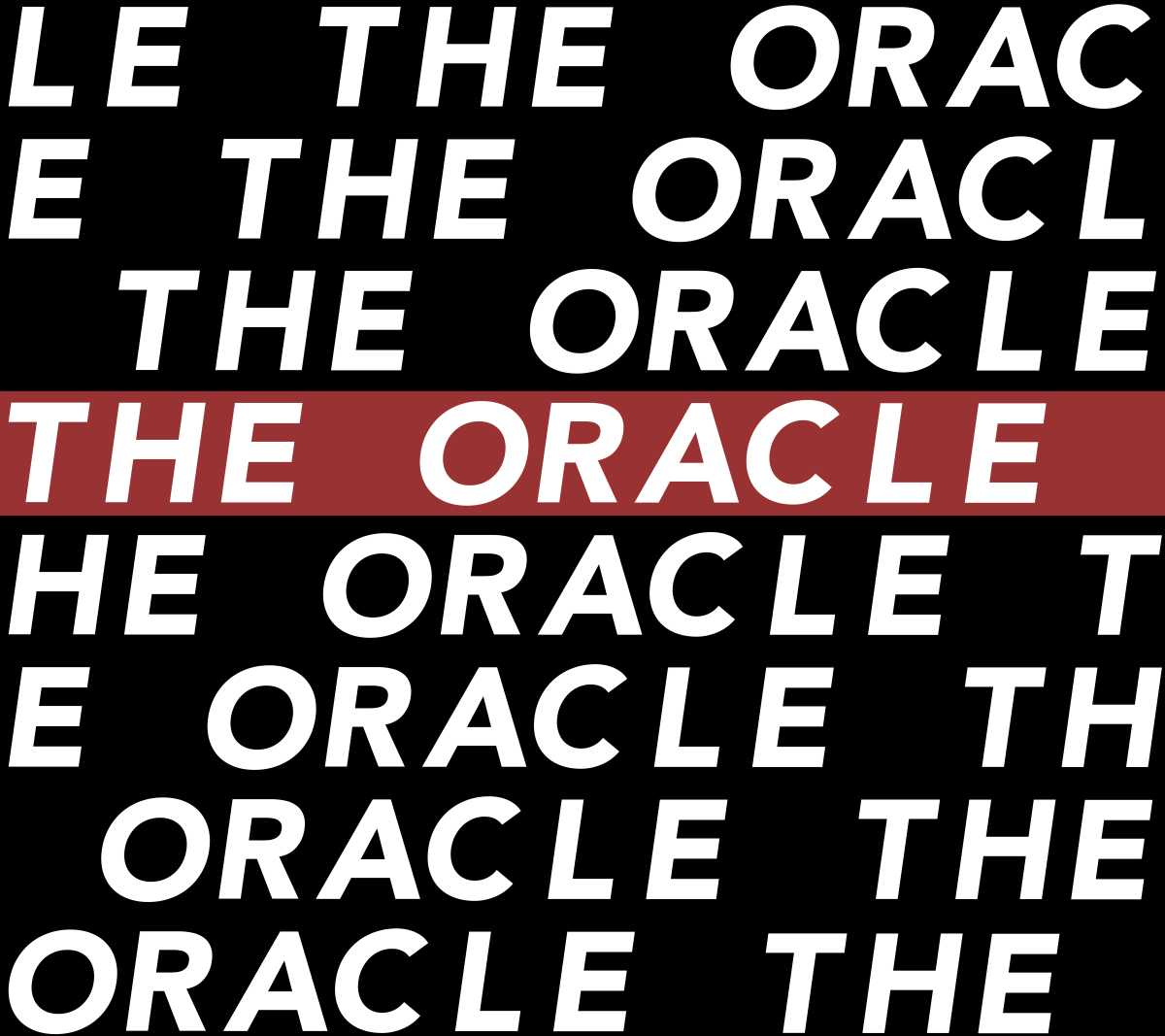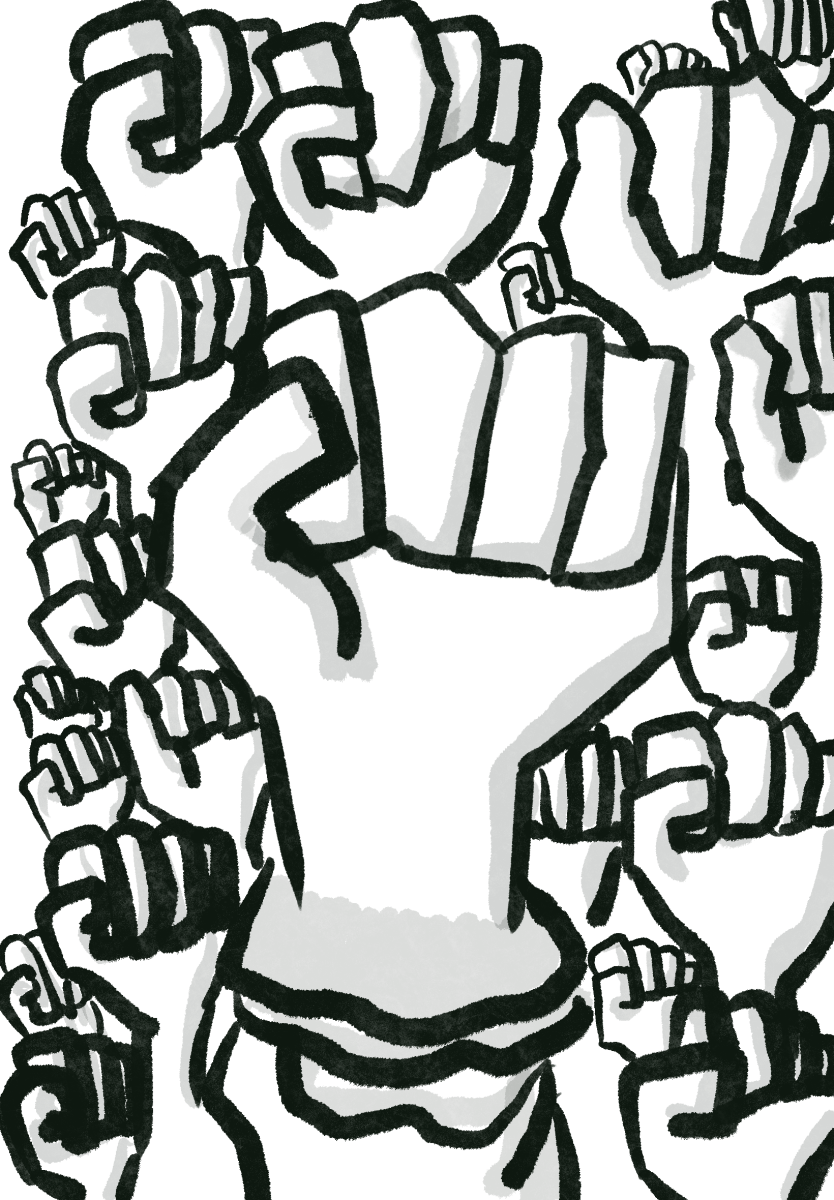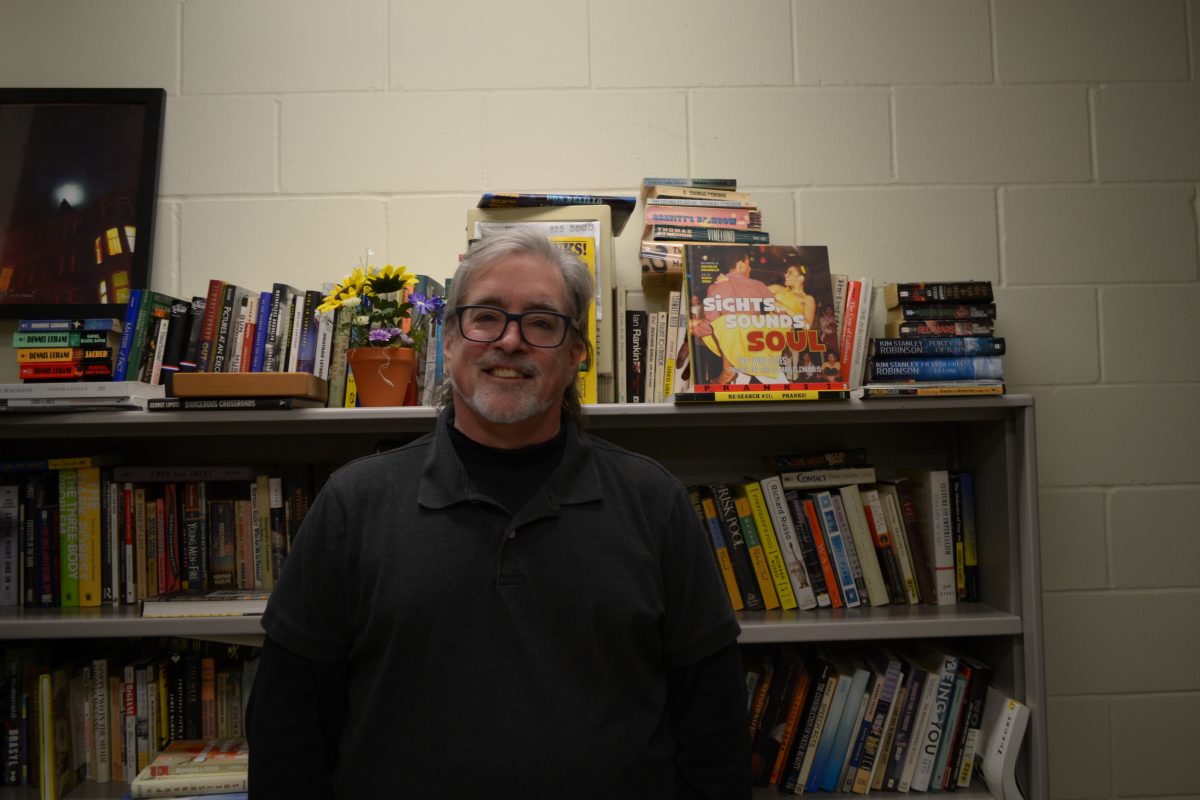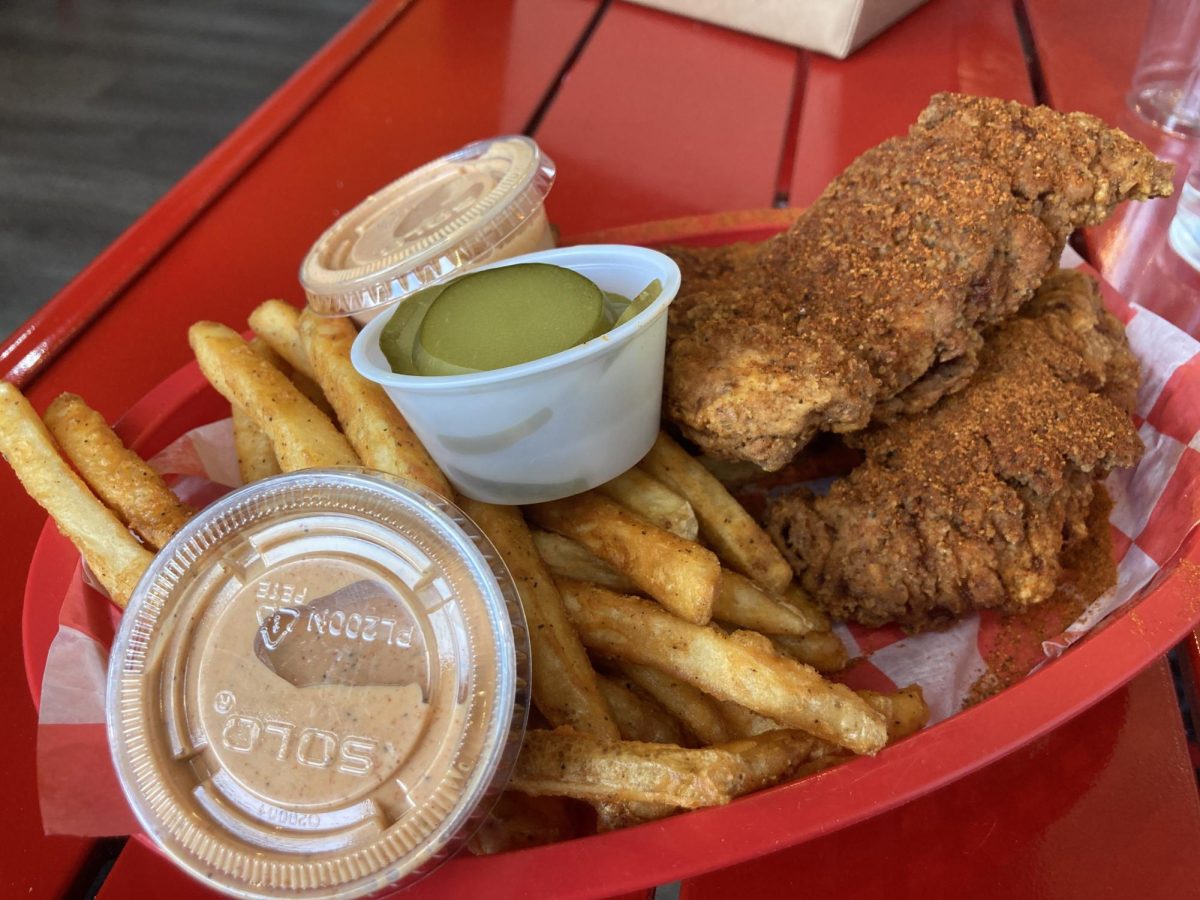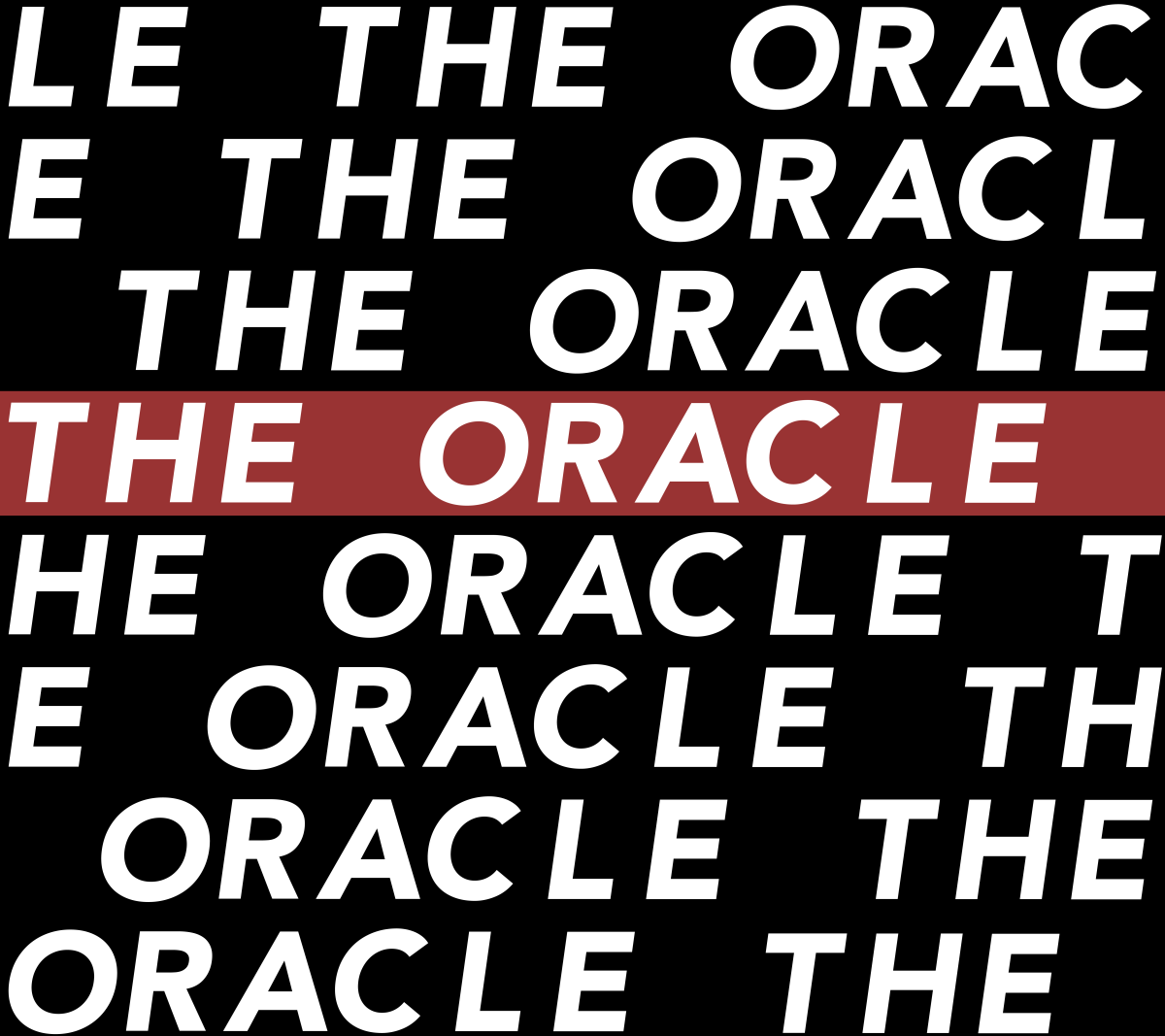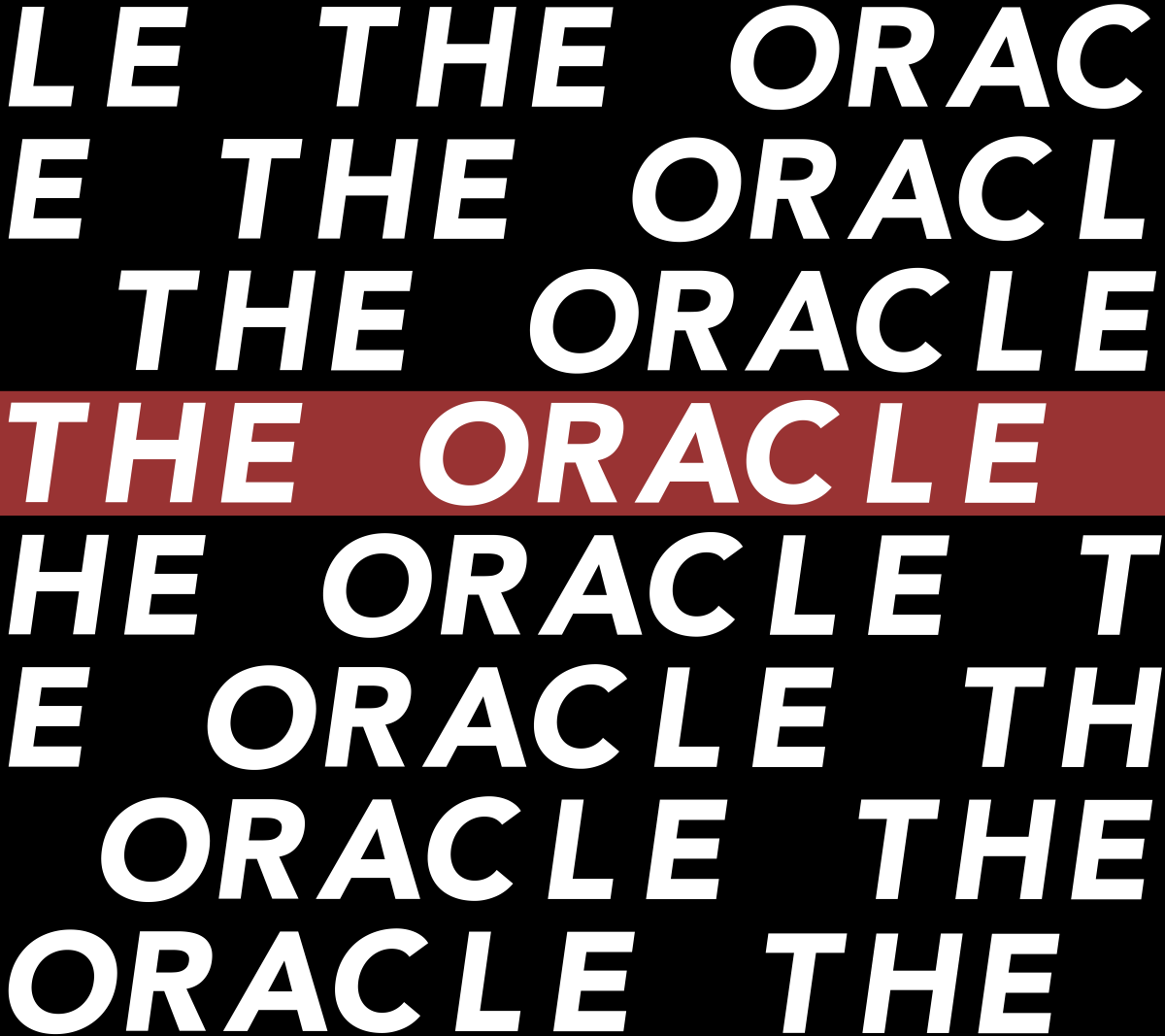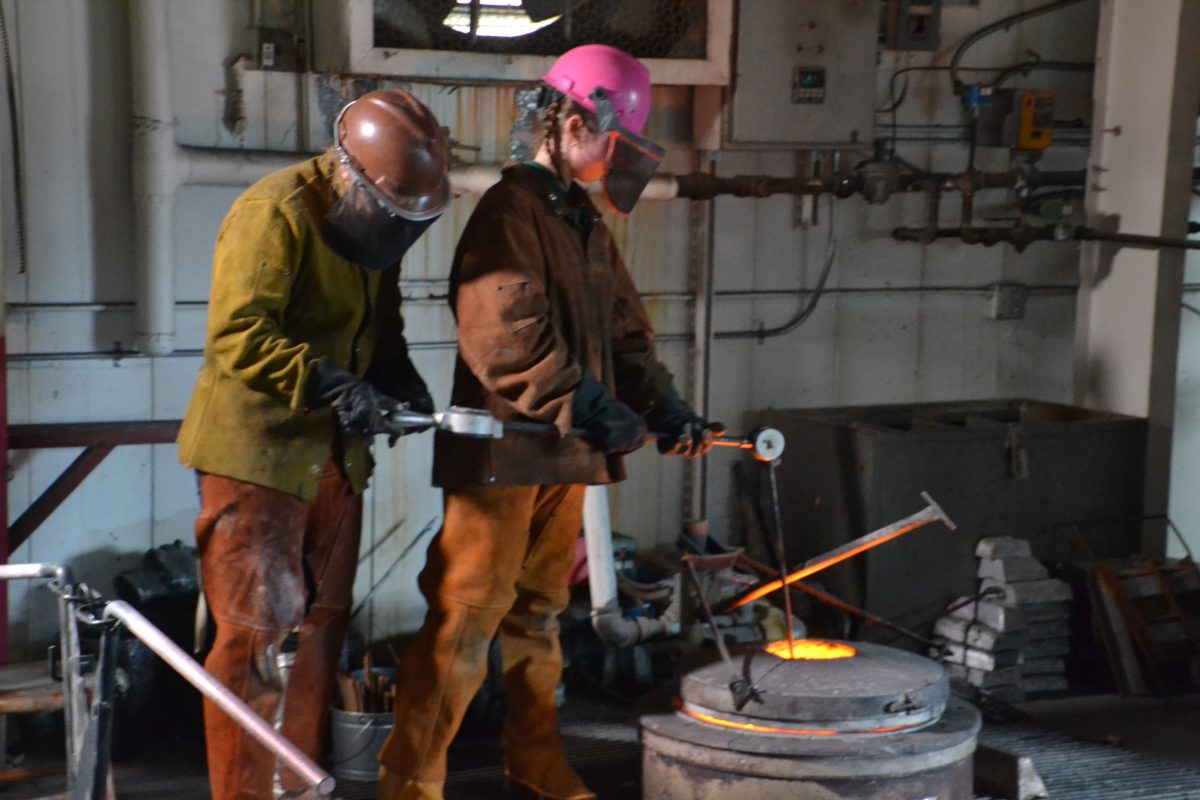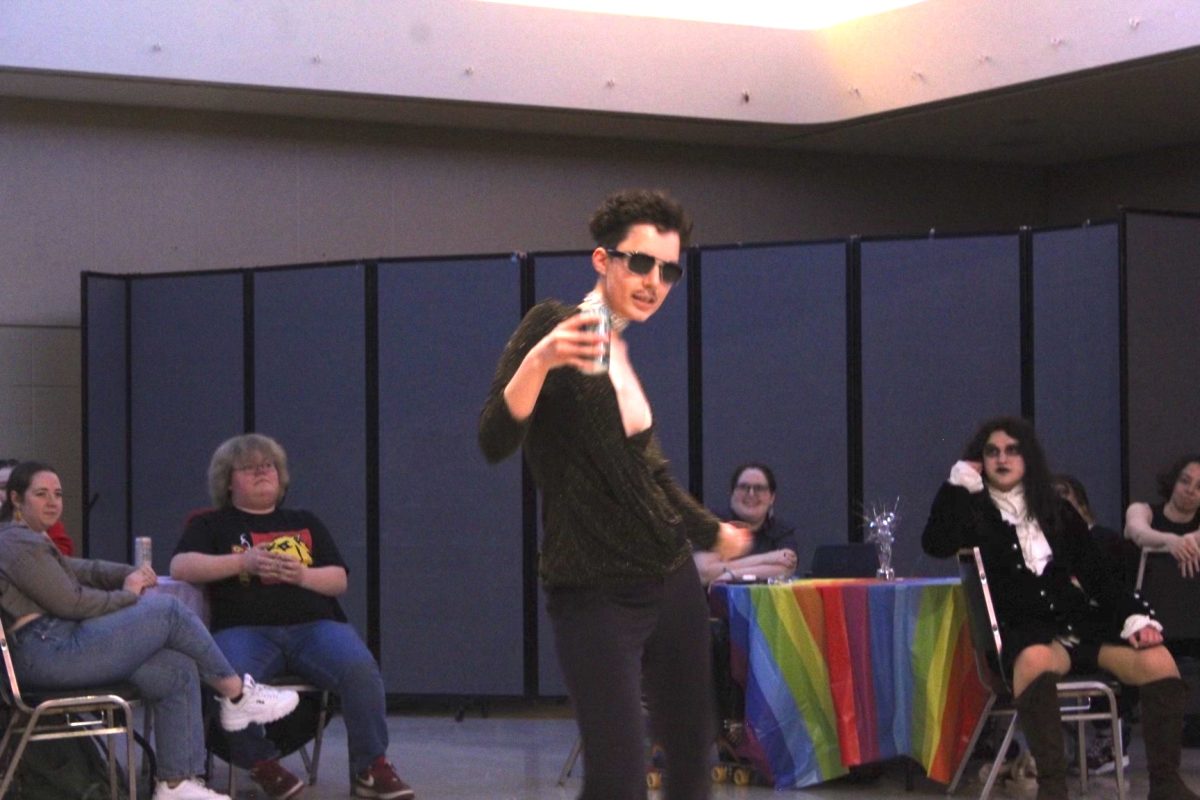In many urban landscapes, graffiti can be taken for granted. Its prominence as a nearly ubiquitous feature, decorating any surface from street signs to billboards, has led to many people viewing it as simply an eyesore, a marking of vandalism as commonplace as the objects that serve as its myriad of canvases. However, a closer inspection of the medium reveals a vibrant range of styles as well as an active subculture that has been evolving for decades.
Emerging in tandem with hip-hop culture in the 1970s and ‘80s, graffiti serves a range of purposes for its practitioners. Most choose to develop a “tag,” a pseudonym that they paint or write in different areas. For many, this can serve as a simple declaration of identity: visibly asserting “I was here” in a way that alters the aesthetics of the landscape around them. This reclamation of visual authority can speak volumes about where people seek a feeling of representation in any community setting.
In Midway, graffiti varies kaleidoscopically in choices of style and substrate. The backs of stop signs are a popular choice for simpler tags, most often scrawled in black paint marker, as well as “slap tags” which are tags in sticker form. More obscured spots, such as one electrical box tucked away in an unassuming industrial area, can provide canvases for elaborate collective murals assembled from bright splashes of paint. Spectacle is also an important factor. The most complex pieces, often featuring much larger and more detailed lettering advertising the name of an individual tagger or crew, tend to be found in areas that are much more prominently visible to the surrounding traffic, such as billboards above busy intersections.
The neon vibrance of graffiti becomes all the more striking when it is considered in contrast to the structures of the surrounding landscape. At the intersection of Snelling and University, newly constructed “luxury apartments” sit starkly juxtaposed next to vacant lots, abandoned buildings and communities experiencing houselessness and displacement. The only visible forms of public art are the shipping containers and brick walls emblazoned with the tags of anonymous visitors. While it may seem unremarkable at first glance, graffiti is ultimately an act of visual resistance. When the features of a neighborhood area do not serve its inhabitants, marking them with a moniker or a custom mural can be a simple strategy for taking back power and collaboratively shaping the look of your surroundings.
Graffiti, the art hidden in plain sight
November 15, 2023
Shipping container on Snelling and University Ave.
Story continues below advertisement

